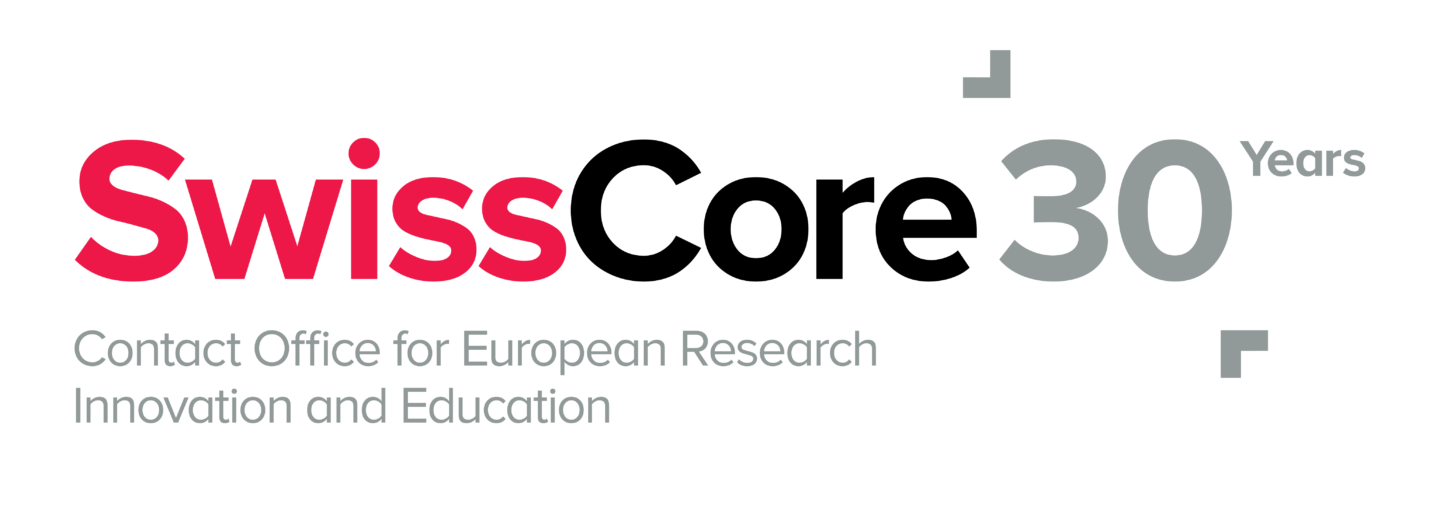The EC has published an industrial technology roadmap for low-carbon technologies, supporting the EU’s emission targets of the European Green Deal.
On 8 April 2022, the European Commission (EC) has published the new European Research Area (ERA) industrial technology roadmap for low-carbon technologies, which complements the proposed amendments of the Industrial Emissions Directive from 5 April 2022, in order to support the EU’s climate ambition under the European Green Deal. The roadmap falls under the new ERA policy agenda 2022-2024, which aims to increase the impact of R&I and accelerate the industrial uptake of research results. The ERA industrial technology roadmap was elaborated by the Directorate-General for Research and Innovation (DG RTD) in collaboration with the EU Member States, industry and other stakeholders. In the context of the European Green Deal and Russia’s invasion of Ukraine, European Commissioner Mariya Gabriel highlighted the need of making the EU independent from Russian gas imports, which is important as the EU’s energy-intensive industries (EII) ecosystem is especially relying on oil and gas imports from Russia. Therefore, the EC has published the Communication ‘REPowerEU: Joint European Action for more affordable, secure and sustainable energy’ on 8 March 2022. The industrial technology roadmap provides a synthesis of the current development of low-carbon technologies in EIIs and highlights specific investment needs. It is addressed to policymakers at EU, national and regional level, as well as industry and other stakeholders, in order to support their transition towards climate neutrality.
The roadmap first provides an overview of the EU’s EII ecosystem and its emission footprint, analysing possible solutions towards the net zero emission goal in EIIs. These EIIs concern for example the iron & steel, chemicals, or cement sectors. The roadmap argues that it is crucial to support the development and uptake of low-carbon technologies in EIIS, especially in countries that have a high emission intensity in these industrial sectors such as Belgium, Slovakia, Austria or Finland. Furthermore, the roadmap sets out key technological pathways that can support decarbonisation in EIIs, and provides an overview of how they are currently being used. These technological pathways include for example electrification, the use of green hydrogen, carbon capture and storage and utilisation, alternative feedstock and integration of renewables, alternative materials and processes, energy and materials efficiency including circularity, and industrial symbiosis. These key low-carbon technologies are currently at varying technology readiness levels (TRLs) within Europe and the need for them to be further developed is highlighted. The Processes4Planet partnership and the Clean Steel partnership under Horizon Europe are identified as important European level cooperation in contributing to the transformation of EIIs into carbon-neutral industries, as well as other Horizon2020 and Horizon Europe partnerships in thematic areas set out in the Strategic Energy Technology (SET) Plan Action 6.
Moreover, the roadmap provides an overview of the R&I investment needs for supporting decarbonisation of EIIs and compares them to the current private and public efforts at EU as well as national level. The estimated R&I investments needed for the climate transition until 2050 amount to more than EUR 800 billion, which shows that there is still a large gap between the current R&I investments into low-carbon technologies in EIIs and the amount needed to reach the 2030 and 2050 emission targets in the European Green Deal. The largest gap concerns investments over the coming eight to twelve years in first-of-a-kind installations for low-carbon industrial technologies, as well as large-scale demonstration and deployment of technologies that show high TRLs. The roadmap calls for stronger participation of EU Member States in energy efficiency in industry under the revised SET Plan and the ERA policy agenda in order to increase R&I investments into low-carbon technologies. Furthermore, a number of EU programmes as well as national programmes addressing low-carbon technologies are pointed out – such as Horizon Europe, InvestEU, the Innovation Fund or the Recovery and Resilience Facility – which constitute important instruments for reaching the climate targets. InvestEU is expected to mobilise substantial private and public investment by the end of 2027, including around EUR 16.5 billion for the development and deployment of low-carbon technologies, and the Innovation Fund is foreseen to provide around EUR 25 billion of support for the commercial demonstration of innovative low-carbon technologies over the period 2020-2030. However, there is a limited number of synergies between EU and national or regional instruments, which, as suggested in the roadmap, could be explained by the lack of a broad and open platform to establish strategic roadmaps or coordinate R&I investment plans for low-carbon industrial technologies.
The roadmap further looks at current EU regulatory framework conditions, addresses enabling framework conditions for R&I activities concerning low-carbon technologies, and looks at the role of digital technologies, State aid rules and sustainable taxonomy. It points out important EU legislation for regulating EIIs and making industry more sustainable, such as the EU Emissions Trading System Directive, the Industrial Emissions Directive (of which an amendment has been proposed in April 2022), the Extractive Waste Directive, and the Environmental Impact Assessment Directive. Additionally, it shows that there are multiple EU level approaches facilitating authorisation processes, such as the efficient set-up of semiconductor production facilities under the European Chips Act, the network of regional hubs for better regulation (RegHub) or recommendations from the EC to Member States on how to speed up approval processes for renewable energy installations. It further points out the importance of standardisation, knowledge sharing and valorisation for assisting R&I efforts in low-carbon technologies, calling for more work to be done in this field. Finally, the roadmap provides a summary of the R&I input from the industrial technology roadmap to the upcoming transition pathway of the EII ecosystem and presents a number of key strategies.

